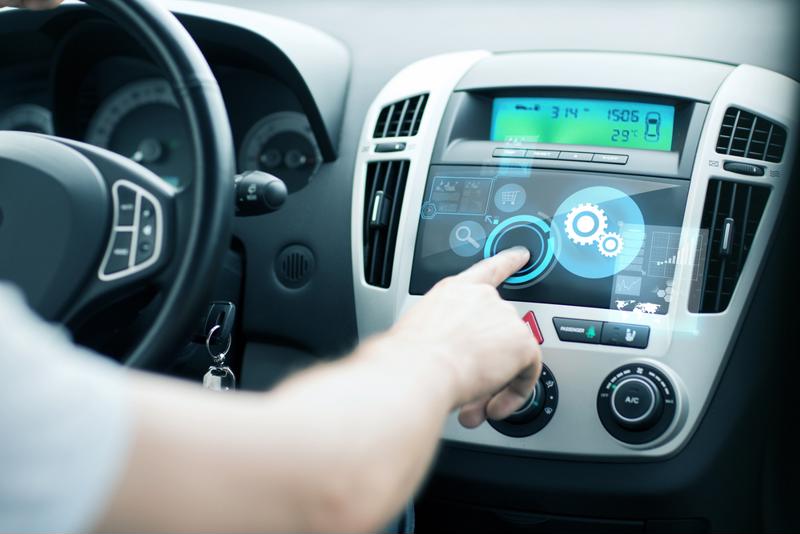

If you've ever had your eyes on a long journey ahead, there are likely a few things on your mind: when you should stop for breaks, staying awake and fuel consumption. Driving highway speeds above 50 miles per hour can decrease your gas mileage by 15-30% for gas-powered vehicles according to the U.S. Department of Energy.
To address fuel consumption in electric vehicles, and give drivers more long-range confidence, hybrid and electric vehicles (EVs) have adopted regenerative braking – a technology unique to all EVs that saves drivers time and money while charging their vehicles.
In this blog, we will examine what regenerative braking is, its benefits and its limitations as this new technology continues to evolve.

Also known as one-pedal driving, regenerative braking allows a driver to utilize just the acceleration pedal while they drive. As an EV moves forward, the electric motor converts the kinetic energy into electrical power. While the vehicle is braking, the battery regenerates power. During this phase, the electric motor's magnetic resistance increases and creates a braking force for the vehicle. The resistance slows down the drivetrain of the car, eventually bringing the car to a stop.
In a typical gas-powered car, braking is conducted when you step on the brake pedal, which creates heated kinetic energy via friction in the discs and brake pads. While this generated energy is lost in a gas vehicle, an EV or hybrid vehicle instead converts it into electricity.
Regenerative braking occurs in two scenarios:
The amount of energy released depends on how much force is applied to the brakes and how much heat is generated. During the braking phase, the energy is both applied to the battery and to the traditional braking system. The regenerative braking system creates optimal efficiency for electric vehicles.
Regenerative braking is a huge benefit to drivers, allowing them to save on energy costs as they brake safely. However, there are limitations to this technology that should be considered for all EV and hybrid owners.
The biggest drawback drivers experience with regenerative braking is the impracticality of repurposing all of the energy conducted at high speeds and high deceleration rates, according to an article by Stanford University student Juan Leis-Pretto. Not that the high-speed braking power is completely lost; rather, more energy must be used to slow the vehicle down rather than reutilize it for battery power.
Leis-Pretto also finds that outside forces will affect how much energy is able to be saved such as:
Motor torque variations are the biggest deciding factor on this list because how a driver applies the brakes as they slow down will force the regenerative technology to reconfigure how much energy it can use towards the battery. Typically, a driver will apply more force to the brake as they get closer to their stop which creates an inconsistent variable for the regenerative braking technology.
Vehicle torque, when applied to EVs with two-wheel drive, can create a more serious situation for the driver. Regenerative braking is applied to the drive wheels with negative torque; however, when the vehicle is braking, the negative torque is applied to the wheels with brakes causing the vehicle to potentially fishtail or skid. This event is most common in extreme braking conditions.
Regenerative braking benefits
Knowing these limitations can help drivers adjust the way they handle a vehicle with regenerative braking. In this case, knowledge is power — to navigate through a changing vehicle efficiency landscape.
Regenerative braking systems help drivers save on not only the cost of energy but, as we've learned, on replacing brake pads as well. Without the need to apply force to your brake pad as often as with traditional braking systems, an EV's brake pads will deteriorate less quickly.
For those considering buying a hybrid or electric vehicle, it's important to consider how regenerative braking can affect your driving style and to adjust accordingly to avoid any issues.
Greening Testing Laboratories is a fully certified brake testing lab that provides a variety of brake testing services worldwide. Contact Greening for a complimentary consultation.